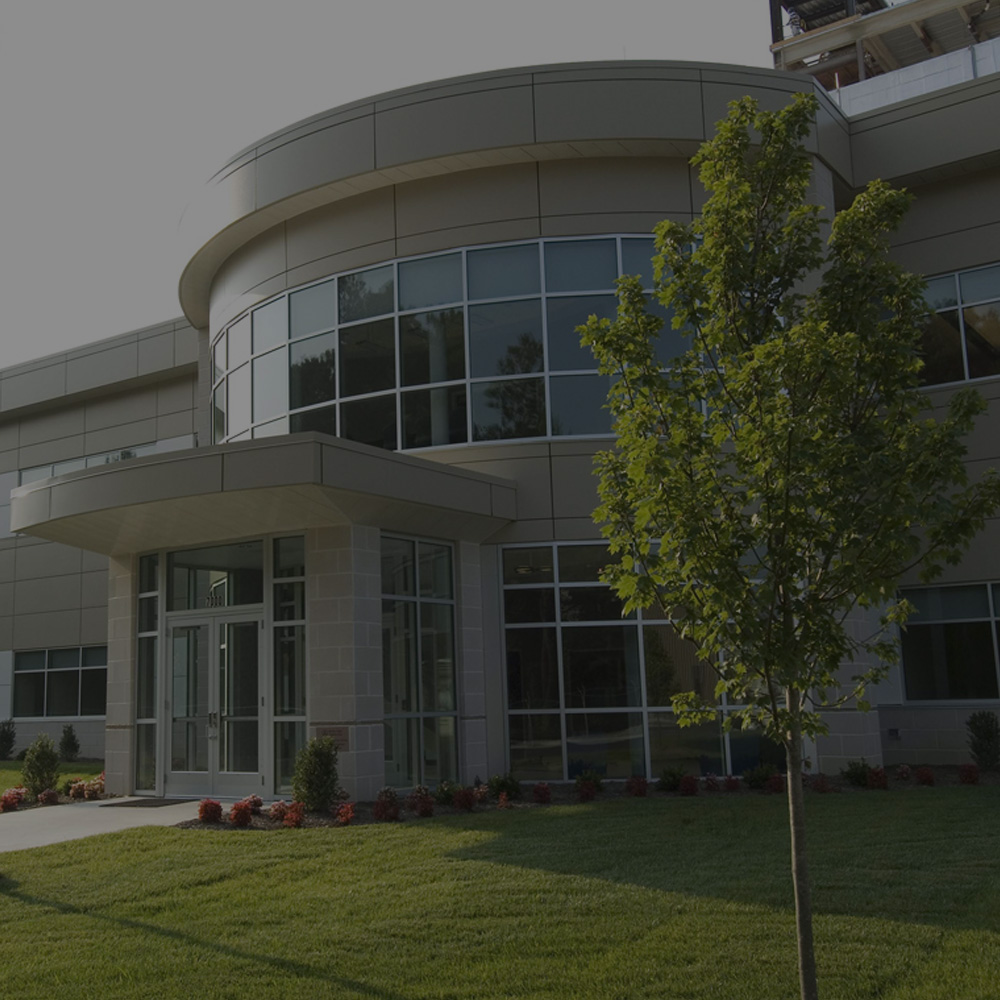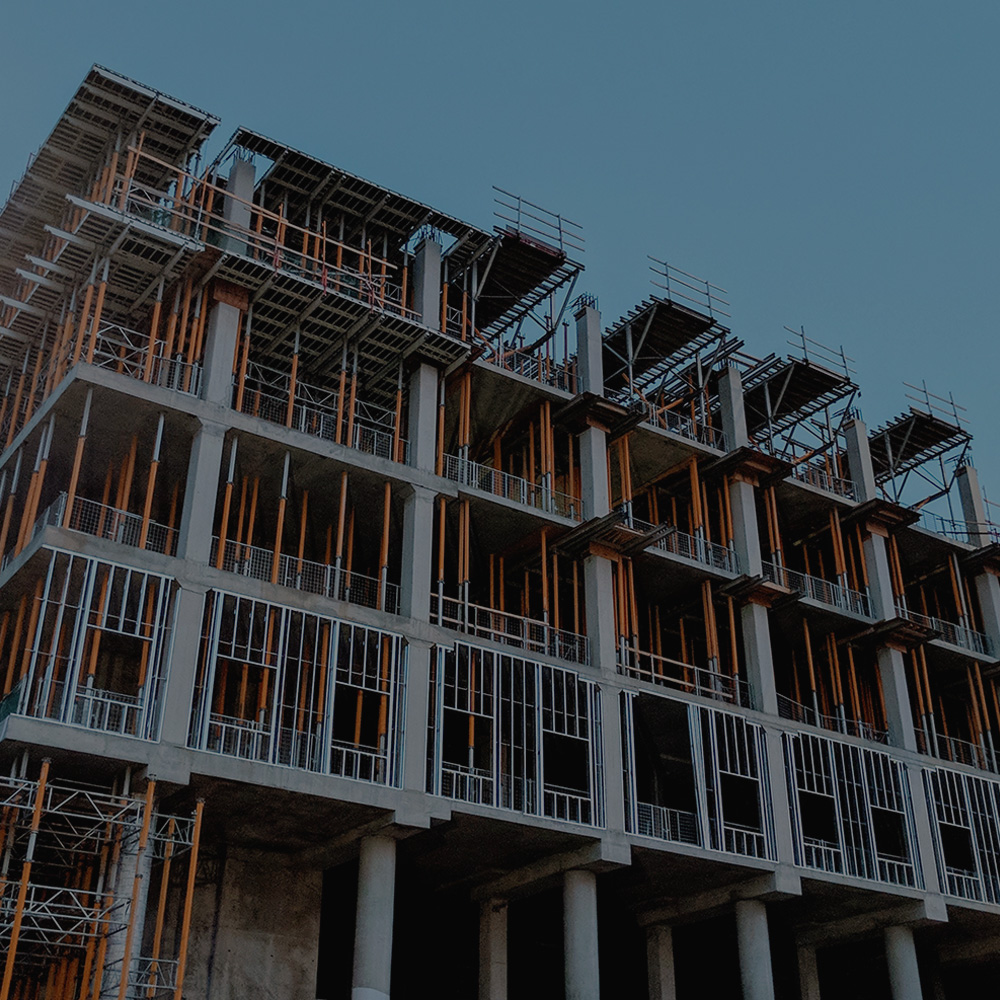Architecture

Architectural design evolves from the inside-out. McKinney designers employ a straightforward, direct and elegantly simple attitude toward design, incorporating LEED® principals, respecting budgets and timeframes in project design.
Engineering

Site Development Services involve all aspects of site development feasibility, site analysis and selection, due diligence and land acquisition, permitting, zoning, master site plans, design guidelines, development standards, project development and cost modeling for land owners, developers and municipalities to assist in creating value.
Construction

Project Managers provide client support in managing projects, facility planning, design management, construction management, relocation and renovation.
McKinney assists Clients through all or part of the above processes depending on specifics associated with the property.
The development of real estate is a multi-faceted process often starting with the review of the Comprehensive Plan and property zoning classification in order to determine if the planned use can be carried out by right, or if rezoning of the property will be necessary.
Following this initial step, site ‘due diligence’ is undertaken. This involves research into previous land use to determine if hazardous materials are, or have been, present on the site, and to determine if there are protected environmental features that could impact the development of the property. Typically, these features could include floodplains, designated buffers and other protected vegetated areas, wetlands, areas where threatened and endangered species are found and areas where artifacts and/or evidence of historic activity are discovered.
Upon successful completion of the due diligence phase and acquisition of the property, the land owner or developer will begin project specific planning. This includes surveying, environmental permitting from agencies such as the DEQ and US Army Corps of Engineers and then site planning and site engineering covering concept planning through completion of construction documents and finally, permitting for construction.
